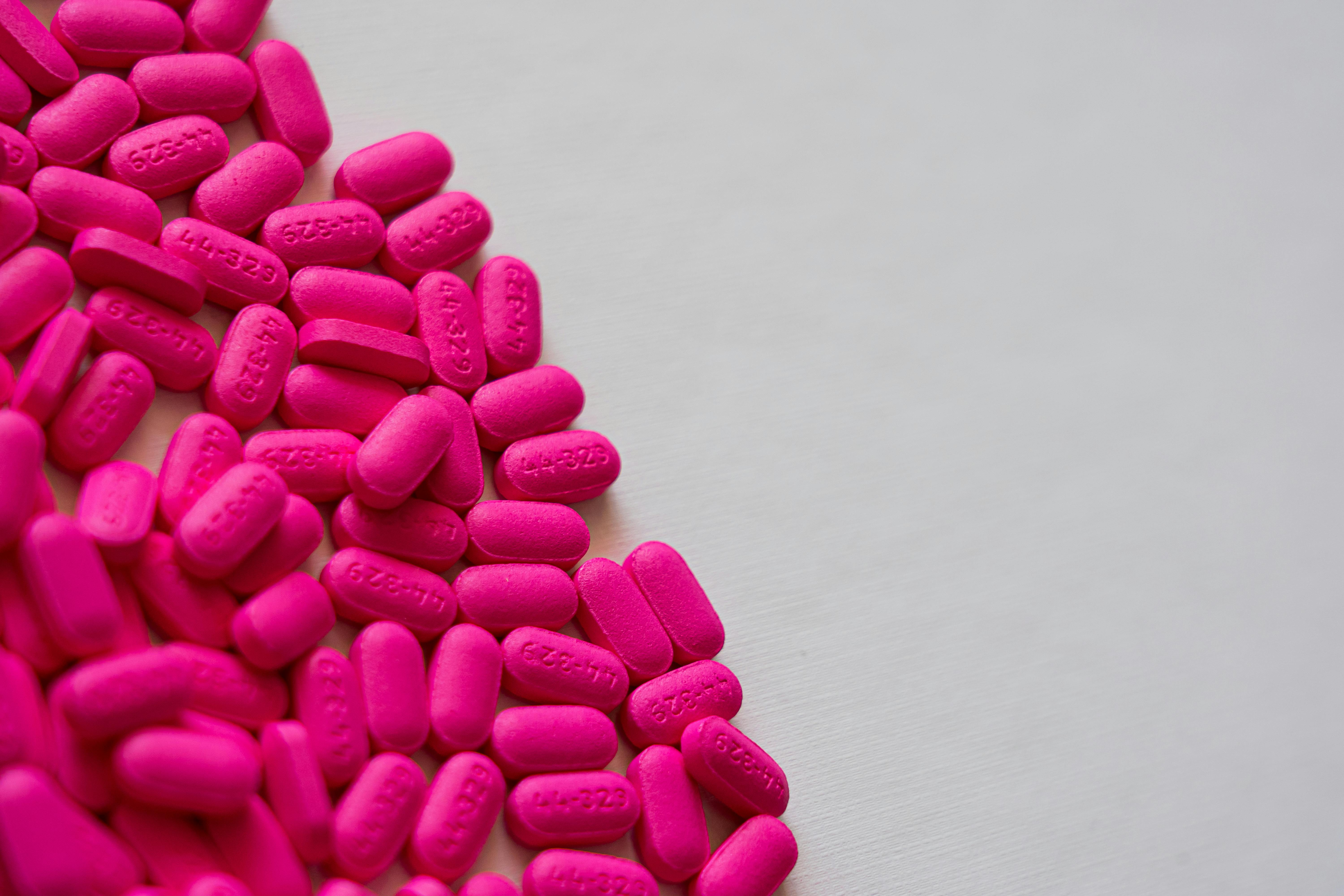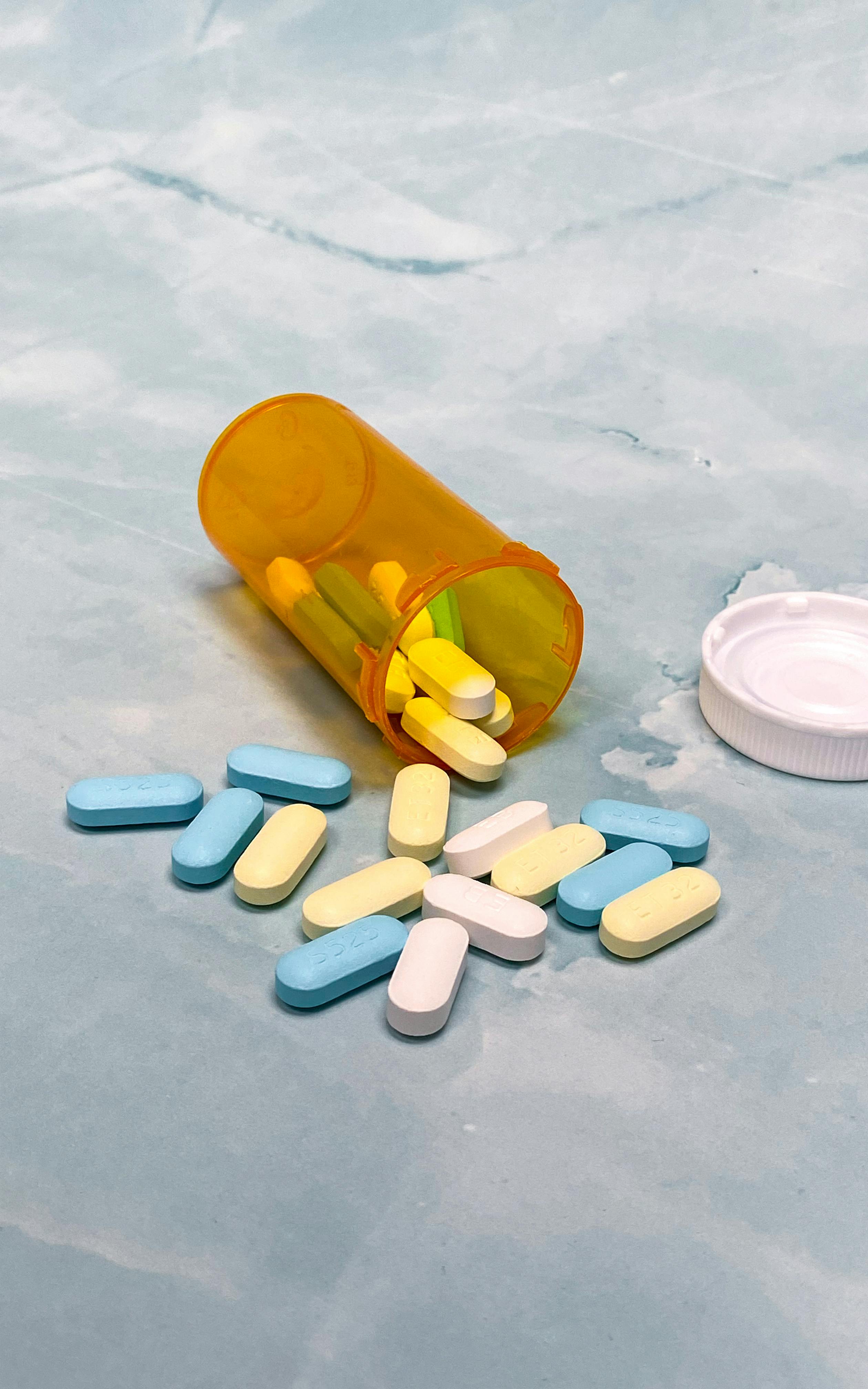How to Manage Prescription Refills Efficiently and Safely
Staying on top of your medications can be a challenge, especially with busy schedules and complex treatment plans. Knowing how to manage prescription refills is essential for anyone looking to maintain consistent health outcomes. In this article, we’ll break down the best practices, common pitfalls, and expert strategies that will help you stay on track with your prescriptions and avoid last-minute medication issues.

Understanding the Fundamentals
At its core, prescription refill management is about ensuring you never miss a dose due to avoidable issues like delays or miscommunication with your pharmacy. This concept has grown in importance with the rising number of people managing chronic illnesses and long-term treatments.
Learning the basics can make the difference between proactive healthcare and frequent disruptions. Think of it as setting up an automatic billing system — when it’s done right, things run smoothly with minimal effort.
1.1 Importance of Timely Refills
Timely refills prevent lapses in medication that can worsen health conditions or reduce treatment effectiveness. A 2022 study found that nearly 30% of patients experienced negative health outcomes due to delayed medication access.
By staying ahead of refill needs, patients can avoid emergency calls to their doctor or pharmacy, reduce stress, and improve treatment adherence.
1.2 Role of Pharmacies and Providers
Pharmacies work closely with healthcare providers to approve and dispense refills. Understanding this relationship helps patients know who to contact for specific issues. For instance, a pharmacy can alert you if your prescription is out of refills, but only your doctor can authorize the renewal.
This division of roles ensures patient safety but can also cause confusion. Clear communication can prevent delays.
Practical Implementation Guide
Once you understand the foundation, it’s time to put it into action. Managing prescription refills doesn’t need to be complex—it just requires consistency and planning. Results can be seen within a few weeks through reduced stress and better health management.

2.1 Actionable Steps
- Track Your Refills: Use a calendar, app, or refill reminder service to monitor refill dates.
- Choose a Primary Pharmacy: Centralizing your prescriptions helps prevent duplication and improves coordination.
- Sync Medications: Ask your pharmacy to synchronize refill dates to pick everything up at once.
2.2 Overcoming Challenges
Common obstacles include running out of refills, pharmacy backorders, and forgetting to pick up medication. These issues can be prevented by:
- Setting automatic reminders or alarms
- Requesting 90-day supplies when possible
- Using mail-order pharmacies for convenience
Watch for warning signs like frequent missed doses or last-minute calls for renewals. Troubleshoot by speaking to both your pharmacist and healthcare provider early.
Advanced Applications
For those managing multiple prescriptions or chronic conditions, advanced strategies can streamline the process even further. These are ideal once basic practices are in place and running smoothly.

3.1 Digital Refill Management Tools
Many pharmacies offer mobile apps or online portals to manage prescriptions. For example, CVS and Walgreens apps allow users to request refills, set alerts, and track pickup dates. According to a 2023 report, users of these tools experienced 22% fewer missed doses.
3.2 Integration with Health Devices
Smart pillboxes and wearable health trackers can sync with apps to automatically remind users when to take medication and notify them when it’s time to refill. These systems also help caregivers monitor adherence remotely.
Future Outlook
The future of prescription refill management lies in automation, AI, and expanded telehealth services. Over the next five years, expect to see widespread adoption of refill bots, voice-enabled reminders, and tighter integration with electronic health records (EHRs).
Patients who adapt early will benefit from smoother healthcare journeys, fewer medication gaps, and improved communication between care teams and pharmacies.
Conclusion
Managing prescription refills doesn’t need to be overwhelming. The key takeaways include understanding the process, using available tools, and staying proactive with your health. With the right approach, you can ensure your medications are always on hand when you need them.
Start today by reviewing your current refill routine. Talk to your pharmacist about synchronization options or digital tools that may simplify your life. Consistency is key to better outcomes.
Frequently Asked Questions
- Q: What is the easiest way to manage prescription refills? Using a refill reminder app or syncing all medications through one pharmacy is highly effective.
- Q: How do I start managing my refills? Begin by tracking your current medications and speaking with your pharmacy about synchronization options.
- Q: How much time does refill management take? Once automated, managing refills takes only a few minutes a week depending on your medication schedule.
- Q: How much does it cost to manage prescriptions digitally? Most pharmacy apps are free. Some smart devices may have one-time or subscription costs ranging from $20 to $200.
- Q: Is manual management better than digital? Digital tools reduce error and save time, making them a better option for most patients compared to manual tracking.
- Q: Is this difficult for older adults to use? Many tools are designed with simplicity in mind, and family members or caregivers can assist with setup.
- Q: What about people with complex health conditions? They benefit most from digital and synchronized systems that reduce confusion and missed doses.
